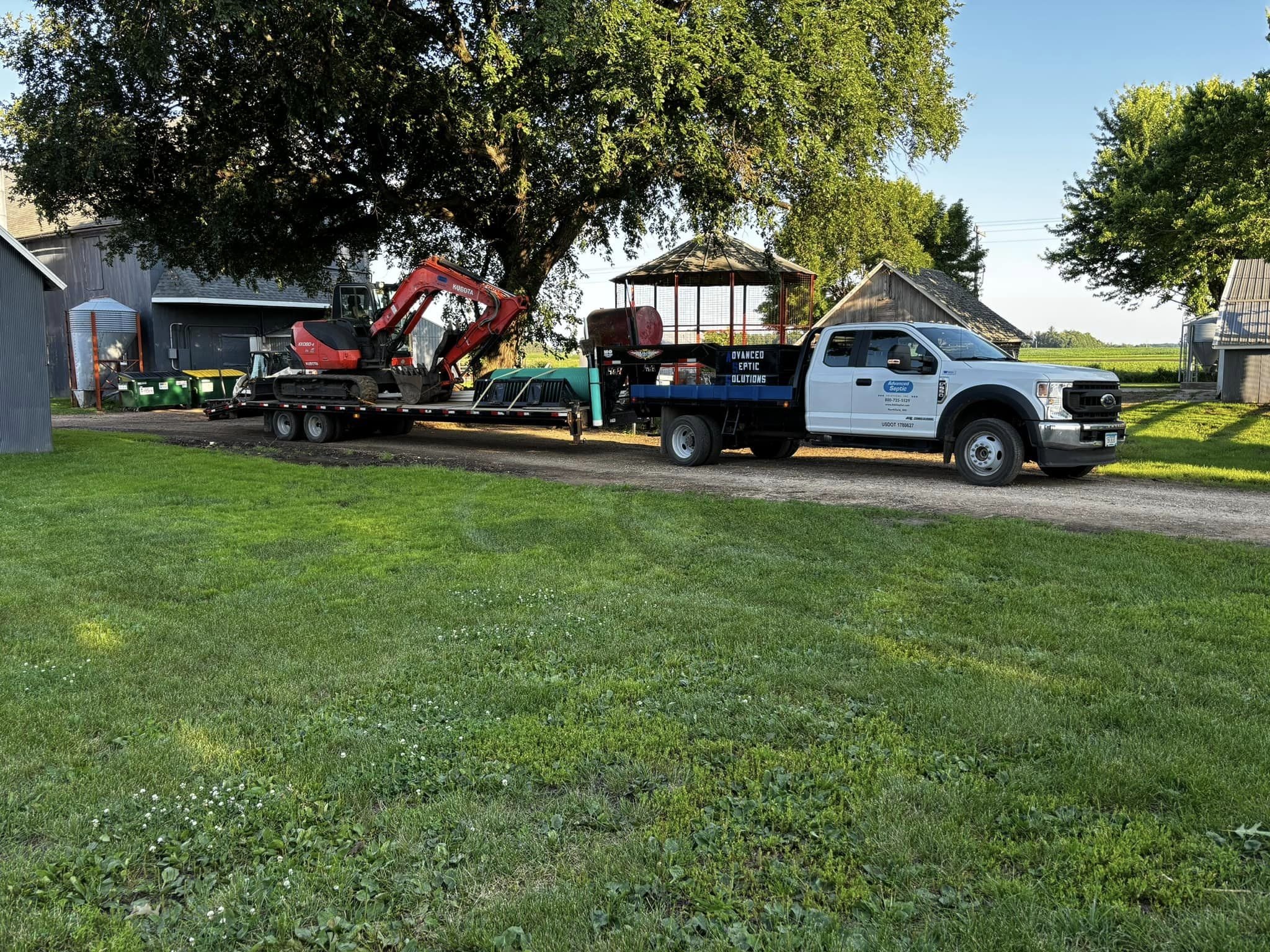
“Mounds always freeze”
Only drainfields and mounds that are installed improperly will freeze
“What to do with water softeners, iron filters and other water treatment devices”
These should never go into the septic system and should be dealt with separately
“My system has worked for 40 years. Why do I need a new one?”
There are actually two ways in which a septic works. First it removes waste out of the house without backing up. Secondly, it treats the septage so that it can be safely put back into the ground water without contamination.
“How much does a new septic cost?”
The cost of a system depends on a number of factors: Site access, Soil conditions, size of home or business and location
“Aren’t mounds all you can install now?”
No, the determination of what kind of drainfield you need is solely based on what kind of soil and its limitations.
“How often do I need to get pumped?”
Typically the average home will need to get pumped every three years.
Commercial properties should contact a Service Provider for recommendations based on use
Terms that do not exist in Minnesota
“leach field” Common misconception that normally refers to an inground drainfield
“Grey water” All water that has either touched humans or used to clean is concidered septage. Ex Laundry, Kitchen, Bathroom, Sinks etc
“What can go into the septic?”
As a general rule of thumb, if you did not eat it or its not toilet paper, it does not belong in the sewer.
Common items that cause issues are: Flushable wipes, hair, diapers, feminine products, intimate products, and children’s toys
